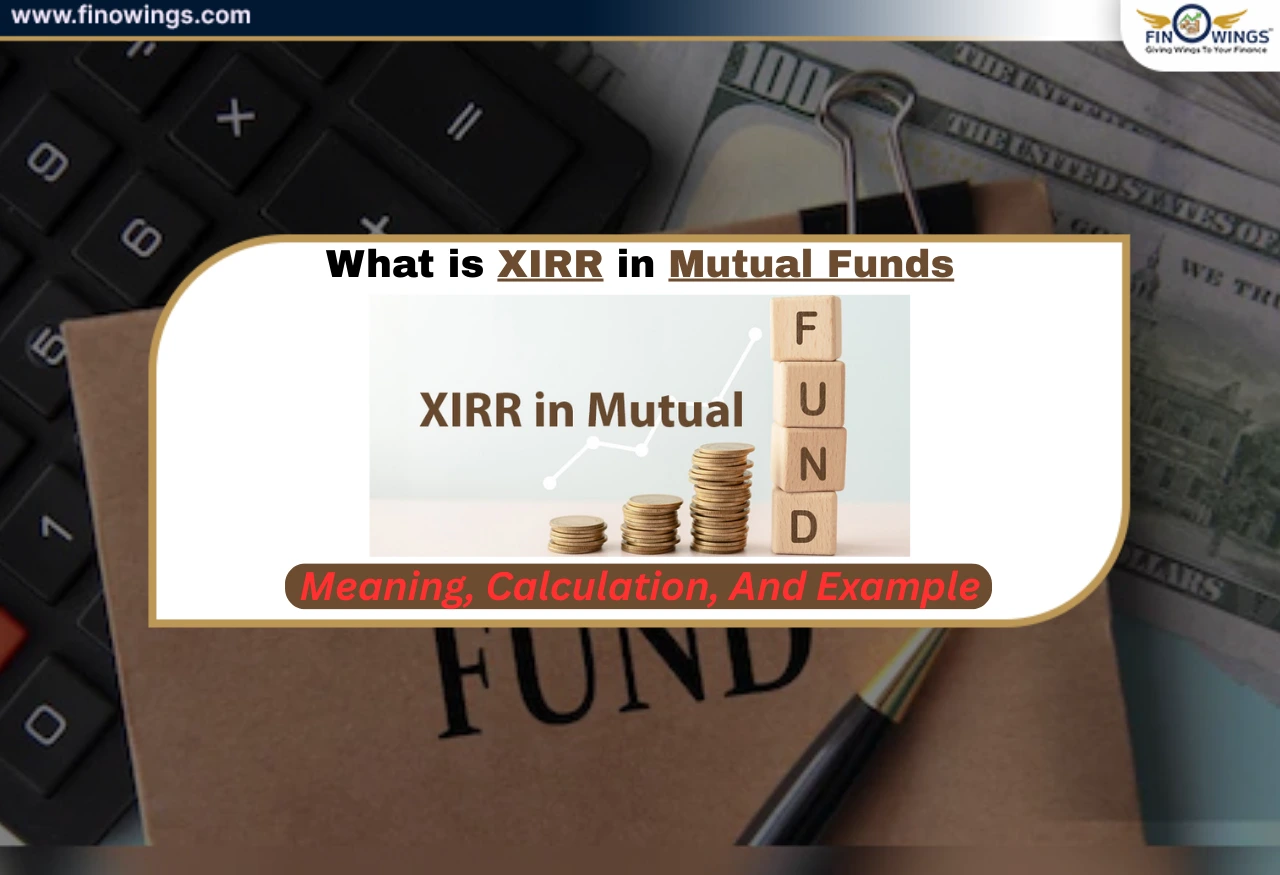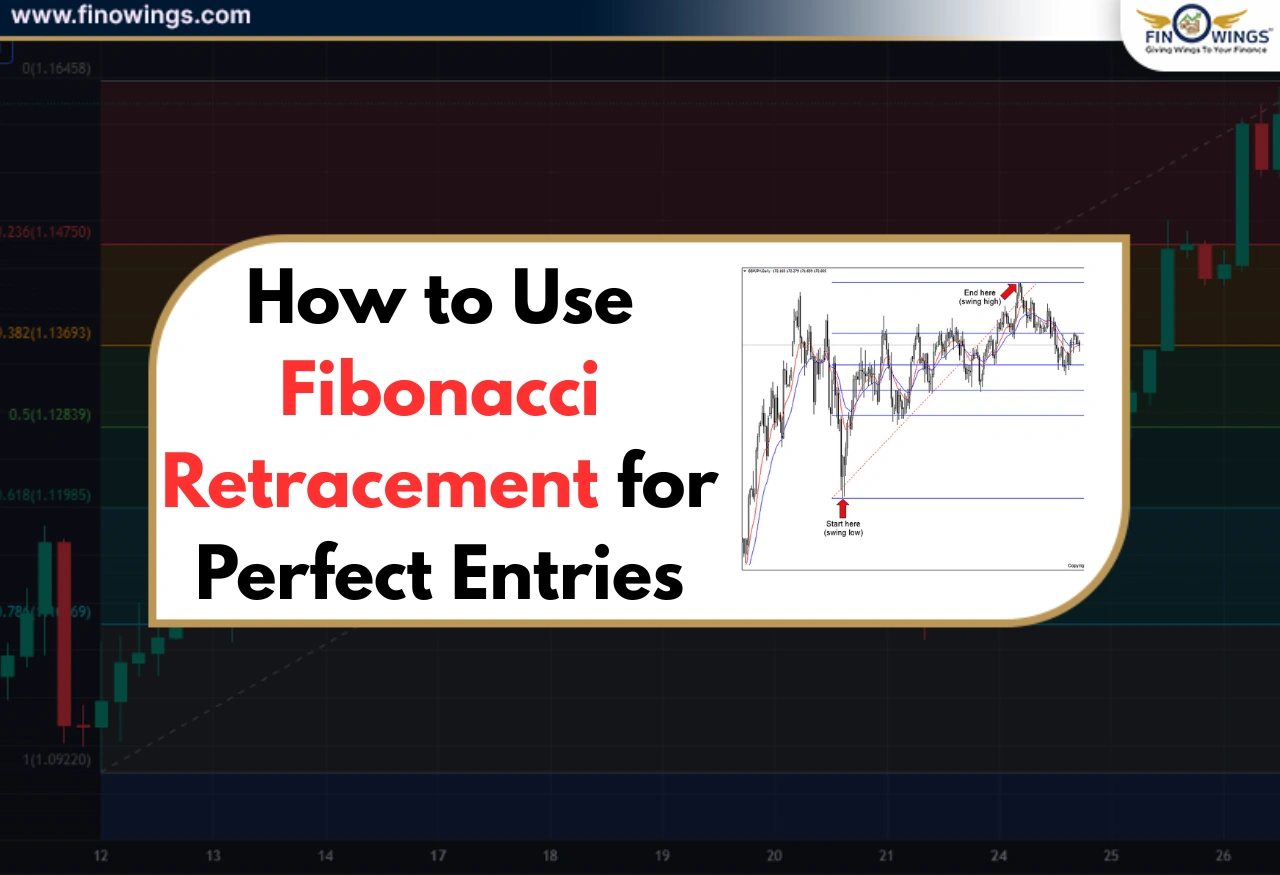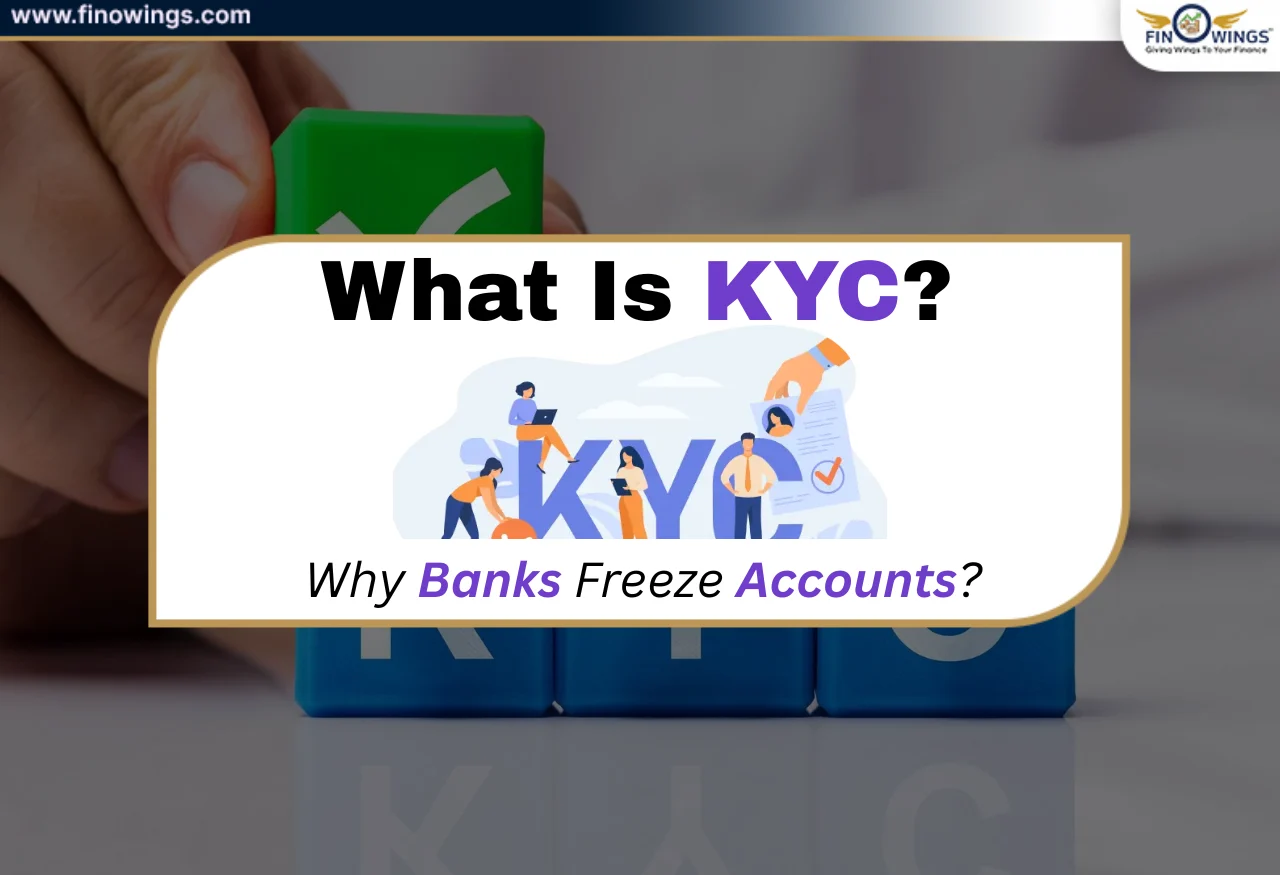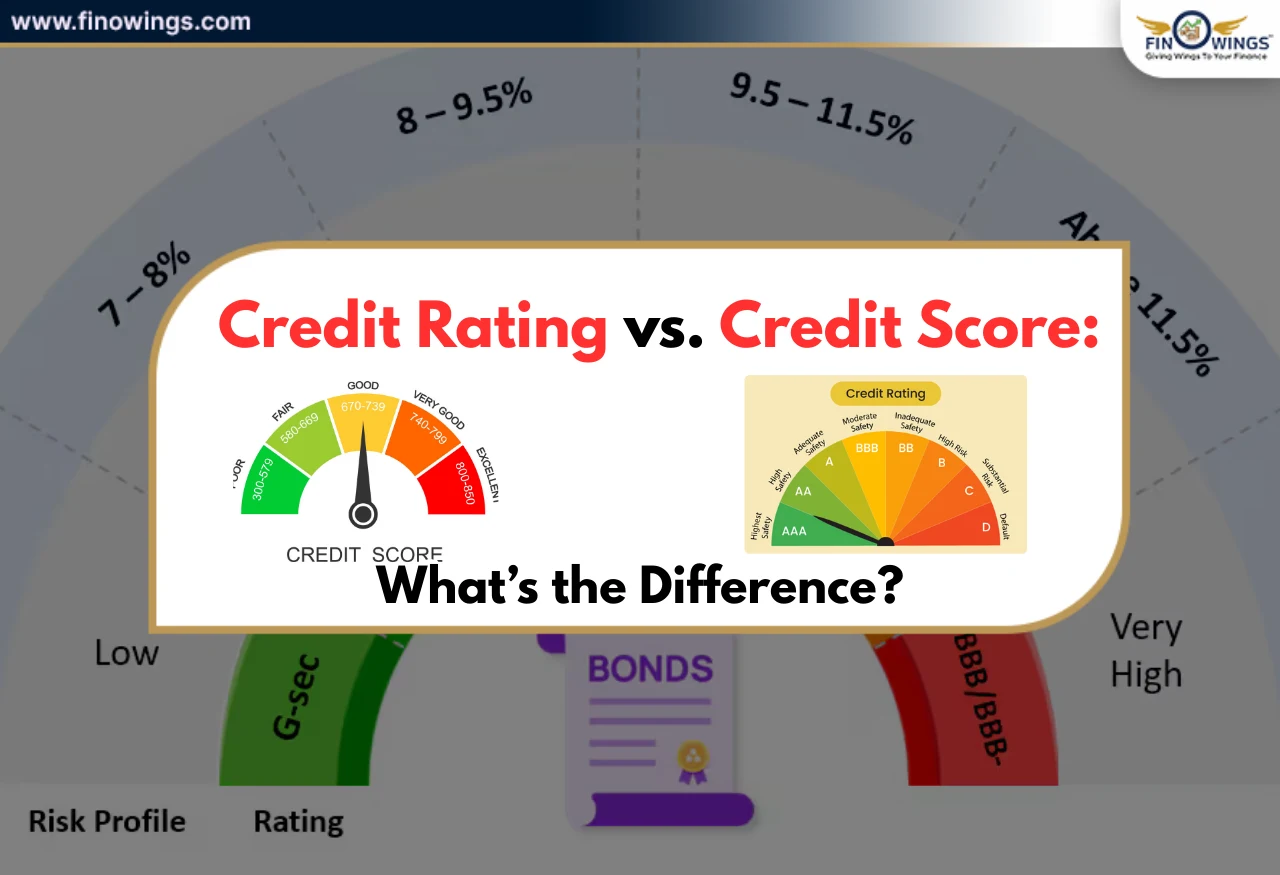Home >> Blog >> Hurdle Rate Formula: What It Is, How To Calculate It & Limitations
Hurdle Rate Formula: What It Is, How To Calculate It & Limitations

Table of Contents
1. Introduction
"Investment" is a term that attracts most people. The world of investing looks very tempting, but there is also a lot of risk behind it. Therefore a new investor is advised not to enter this market without knowing the investment market, without knowing their investment goals, and without knowing their risk appetite.
Are you looking for a potential investment or an upcoming project soon? If yes, many aspects need to be taken care of before investing in any project; one of the most important is the Hurdle rate. The hurdle rate allows you to determine whether this investment option is for you or not.
The hurdle rate is a way to measure the risk versus reward of investment. Today in this blog, we will see what is the hurdle rate, what is a good hurdle rate and how does it work?
2. What Is The Hurdle Rate?
In the investment world, the word Hurdle rate is very crucial. The term 'hurdle rate' is meant to describe the minimum return an investor needs to make before deciding to buy a security or invest in any other type of project. The hurdle rate is expressed as a percentage. The hurdle rate is known to best predict the potential return on investment. If an investment plan promises to provide returns equal to or more than the hurdle rate, the investor can go ahead with that investment plan.
On the other hand, if an investment plan offers returns less than the hurdle rate, there are very few chances that the investor will go ahead with that investment plan. Therefore, there is certainly no doubt that the hurdle rate alone should not be the criterion for an investment decision, as the hurdle rate also has its limitations. But most investors consider the hurdle rate while choosing an investment.
For your information, the hurdle rate is also known as Minimum Acceptable Rate of Return (MARR), as well as the target rate and required rate of return. The hurdle rate is not limited to investing but is also used in business management. Often business managers use the hurdle rate to decide whether to proceed with a plan, such as introducing new products or entering new markets. When making such an assessment, they refer to this as the internal rate of return (IRR).
3. What Are The Factors To Consider When Setting A Hurdle Rate?
While analyzing a potential investment, the investor should assess the company, i.e., does that company or project have a positive net present value (NPV)? Also, keep in mind that setting high rates can hamper other profitable projects, and setting a low rate can leave you with an unprofitable project. Hence the factors to consider while determining the hurdle rate are given below:-
3.1 Cost Of Capital
It is the cost that the investor would have to pay to borrow or otherwise obtain money, and this capital would be used to fund the investment. You can also assume this to be the same as the prevailing interest rate on a loan.
3.2 Risk
Understand the value of the anticipated risks associated with the investment plan. Often investors who aspire to earn higher returns are prepared for risks. More risky investments typically have higher hurdle rates than less risky investments.
3.3 Interest Rate
The interest rate can be earned on any other investment, also seen as an opportunity cost. As a result, it is necessary to compare the hurdle rates of various investment strategies with real interest rates.
3.4 Inflation Rate
When the economy is experiencing mild inflation, it can affect the final rate by 1%-2%. However, there are many instances when inflation has proved to be the most crucial factor to consider.
4. Types Of Hurdle Rate?
4.1 Hard Hurdle Rate
An investment plan is considered to have a hard hurdle rate when the potential profits on that investment are calculated above the hurdle rate.
4.2 Soft Hurdle Rate
The soft hurdle rate is calculated on all gains and only calculated when the hurdle is achieved.
4.3 Bended Hurdle Rate
The specialty of the blended hurdle rate is that it combines both approaches. First, it computes all gains when the constraint is achieved. Also, when investors calculate returns, it does not allow them to fall below the hurdle rate.
5. How To Calculate The Hurdle Rate?
There are other methods for calculating the hurdle rate, but the weighted average cost of capital (WACC) and the net present value is the most frequently employed (NPV). The risk premium formula depends on the riskiness of the particular project.
The formula to calculate the hurdle rate of any investment plan is very straightforward. First, to calculate the hurdle rate, the risk premium is added to the cost of capital. Then, the resulting result is used to estimate the probability of whether the investment will be successful.
Here is the Hurdle Rate Formula:
|
Hurdle rate = Cost of Capital + Risk Premium |
Let us understand it with an example. Suppose an investor's cost of capital is 4% and the risk premium for a specific investment is 2%; then the hurdle rate will be 6% after adding the two.
This way, if an investment plan is offering 6% or better returns, then only investors can go ahead with that investment plan. On the other hand, if only a 4% return is offered to the investor, it is more likely that the investor may not go ahead with that plan. Low-risk projects may not look attractive on paper, but they have consistent cash flows; hence cannot be termed as a bad investment option. Investors can also choose this option if the low-risk scheme can achieve Net Present Value (NPV).
6. Breaking Down Hurdle Rate
Did you know that the hurdle rate acts as a benchmark for comparison between the merits of a particular investment and the associated risks?
-
The Hurdle rate can be used in different areas. If the expected rate of return in the capital budget is higher than the hurdle rate, then it is considered the best option for investment. If the expected return rate exceeds the hurdle rate, the investor can choose not to proceed with the investment. In other words, this process is also called break-even yield. A company with a lower capital cost usually has a lower hurdle rate. Higher-risk investment options have higher hurdle rates.
-
Hedge funds also have a hurdle rate.
-
While analyzing a company's net present value (NPV), the hurdle rate is the rate by which that project's future net cash flows can be known.
7. What Are The Limitations Of Hurdle Rate?
-
The hurdle rate should not be the sole criterion for making any investment decision, as the hurdle rate also has some limitations. The hurdle rate arguably helps bring some degree of fairness to any investment plan and helps protect investors from the lucrative effects of stocks. However, still, you cannot depend on it. There is no doubt that the hurdle rate is an exact science to calculate the risk premium. But there is also truth in that it is impossible to make accurate predictions about any stock in advance because nothing is possible with certainty in the investing world.
-
Another limitation of the hurdle rate is that excessive use of it allows investors to invest only in schemes with high-percentage returns, which are likely to increase volatility in the market. Both are necessary for a balanced market. For all these reasons, don't look at the hurdle rate as the only criterion when evaluating investment opportunities. You need to look at more aspects to assess investment opportunities accurately.
8. Pros And Cons Of Using Hurdle Rate
Pros
Hurdle rate where certain specific benefits are provided to the investors. Using factors such as net present value and risk premium, the investor can know whether the investment will be profitable or not. In a nutshell, the hurdle rate gives investors a clear view, which also helps investors make decisions.
Cons
On the other hand, the hurdle rate also has some drawbacks. For example, the hurdle rate doesn't give investors a complete picture of the potential return of a particular investment, as it only shows you percentages instead of rupee values. Therefore, do not use the hurdle rate as the only option for investment appraisal, as having a lower hurdle rate can cause you to miss out on more worthwhile projects.
9. Summing Up
You can use the hurdle rate tool to evaluate whether the investment is worthwhile. The hurdle rate gives the probability of return, considering your capital cost and the investment's risk level. But it can be challenging to calculate investment risks at all times accurately. So don't ignore other aspects to evaluate investment opportunities, as it is only after looking at all the things that you will be able to make an accurate decision.
Author
Frequently Asked Questions
The term 'hurdle rate' is meant to describe the minimum return an investor needs to make before deciding to buy a security or invest in any other type of project. The hurdle rate is expressed as a percentage.
Business managers use the hurdle rate to decide whether to proceed with a plan or not, such as introducing new products or entering new markets.
Hurdle rate = Cost of Capital + Risk Premium




.webp)











